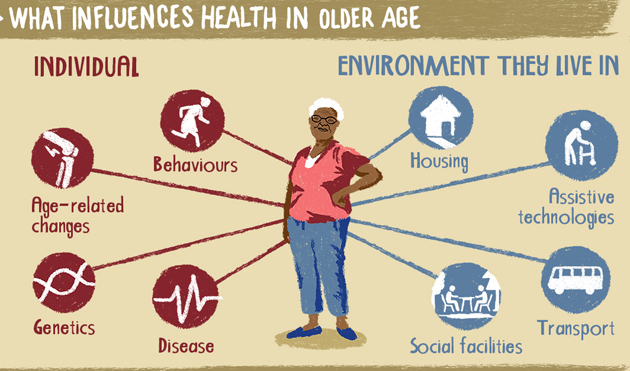
Respite care in the home can be a great way for caregivers to get away from their daily duties. They provide short-term relief, but long-term support is needed. Here's a look at the benefits and costs of such services. You may also be interested in non-medical services that some providers offer. While it might be tempting to select a care professional you trust, you should ask for references and do a thorough comparison.
Cost
Many families may not be able to afford in-home care, but it does not have to be prohibitive. While some insurance policies might cover in-home respite, others may not. You should consult your insurance provider before making the decision, however. Check the coverage that you have if you have health insurance. Many people don't know that their policy doesn't cover respite.
The cost of in-home respite care is generally higher than the cost of nursing or assisted living facilities. In-home caregivers may charge by the hour or the day, and the more services they provide, the higher the cost. Nursing homes and assisted living facilities charge $300 per person, while respite care can be significantly more expensive. In some communities, the availability of skilled nursing care may be limited.

Stakeholders
While much of the literature about in-home respite is focused on the perspectives and experiences of caregivers and people with dementia, little is known about the views and perspectives of people with dementia. This study looked at the perspectives of all these stakeholders and also examined the barriers and facilitators to in-home respite. The findings can be used for the purpose of addressing the needs and concerns of families dealing with the dementia care issues. Research also showed how to engage more effectively with people with Alzheimer's to improve care quality.
The Task Force, which included representatives from hospice organizations and home health care agencies as well as special advocacy groups in health care, met for six monthly. The Task Force addressed issues related to cost sharing, as well as the possible impact on quality and user costs. Along with carers, other stakeholder groups included respite and home-health care agencies. Ultimately, the report aimed to develop policies for respite care services that address the concerns of caregivers and their families.
Caregivers can get temporary relief
Taking time off for respite care is essential for both the caregiver and the care recipient. Chronic stress can impact caregivers' mental and bodily health. The short-term relief provided by caregiving can help caregivers get on their feet again and provide a much needed break. Because of their duties, caregivers often neglect their own needs. Respite care in the home can offer a temporary break for caregivers, allowing them to concentrate on other important responsibilities.
You can get short-term respite care for as little as a few hours or as long as a few days. Many agencies offer overnight care, so you can leave your care to someone else. You also have options to choose to share the responsibility of caregiving with other family members, or switch to another caregiver with the same needs. It is important to ask questions, get recommendations, and seek out respite care providers in your area. You should also talk to the caregiver that you are considering hiring to make sure they are the right fit for your family.

Non-medical services offered
In-home care for seniors is a form of care that generally covers non-medical services. The respite care provider will help your loved one with transportation, daily living and other tasks. They are also qualified to provide more complex medical care. You can also take care of your own health with non-medical services at home. Many insurance policies cover respite care in the home.
Even though most of these services don't have to do with medical conditions, they can still be quite costly. Respite care can save the day if you're the primary caregiver. Non-medical in-home care can be arranged through home-care agencies or volunteer organizations that provide companionship and light care assistance for seniors. It's a good idea to look at several programs before you decide on the one that is best for you.